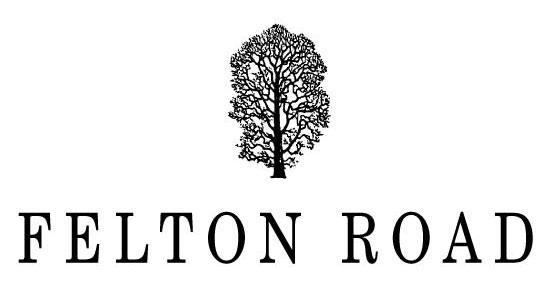Winery waste is, probably more than any other substance, lees. Lees are a mixture of sediments left over from winemaking, and consist mainly of dead yeast and tartaric and malic acid. It isn’t particularly hostile stuff, but acids are a problem in any waste system, so winery waste management systems are designed to deal with this mixture. It takes a lot of money to build a waste management system and a lot of energy to run it so, in a perfect world, we’d do without one. But is it possible to do that? We have demonstrated that it is. Our solution is simple: don’t throw anything away. Nothing whatsoever goes down our drains unless we have failed to find a better use for it. And since almost all waste has some form of value, there is a better use out there. Lees, for example, get separated into fine lees (the more liquid stuff) and the solid gunk. The solids are composted. It might be tricky to compost something this acidic for some wineries, but as we make well over 100 tonnes of compost a year anyway, the lees solids are literally a drop in the manure heap. That leaves the more liquid stuff to deal with. Each year it goes to a beautiful wood fired copper still and is distilled into “Fine”: the term for brandy distilled from wine lees. Roughly a thousand litres of lees yields about 100 litres of wonderful brandy. After 5 years of aging in French oak using a “solera” type system, it is ready to bottle.
What better way to recycle something that most regard as an industrial waste product?

Are you of legal drinking age in your country of residence?



